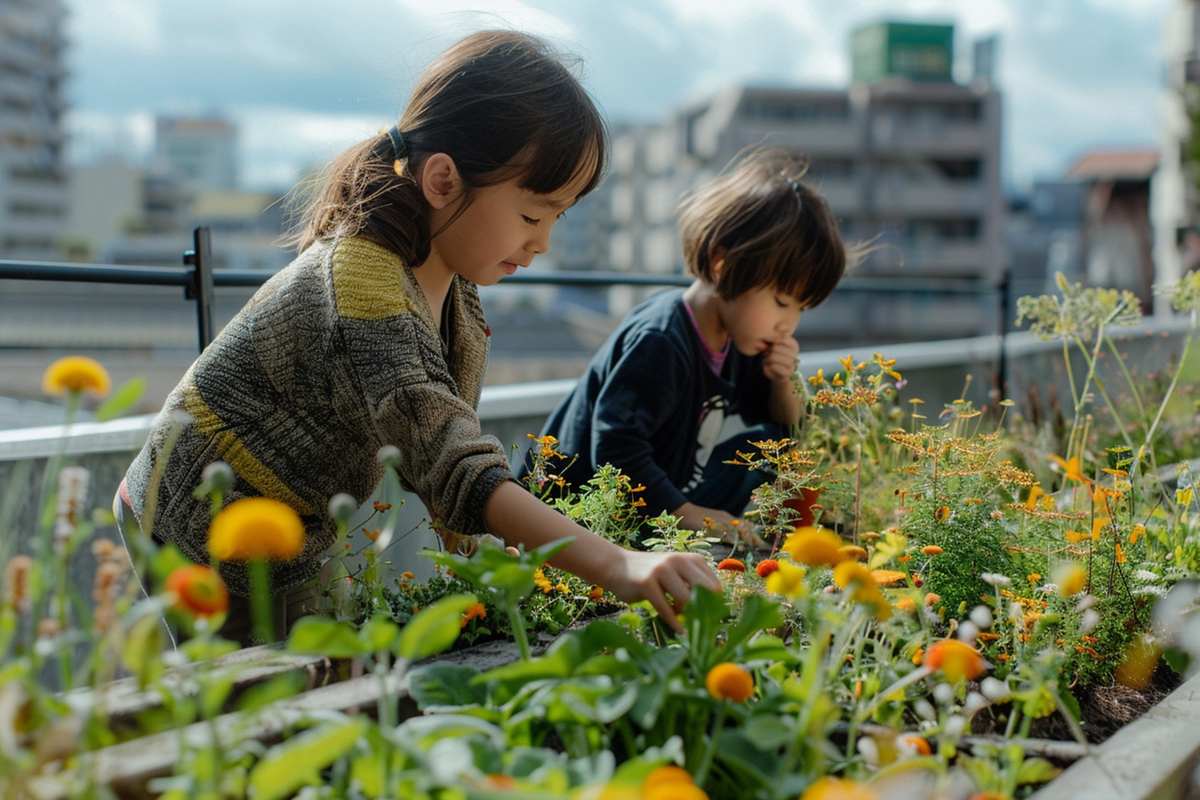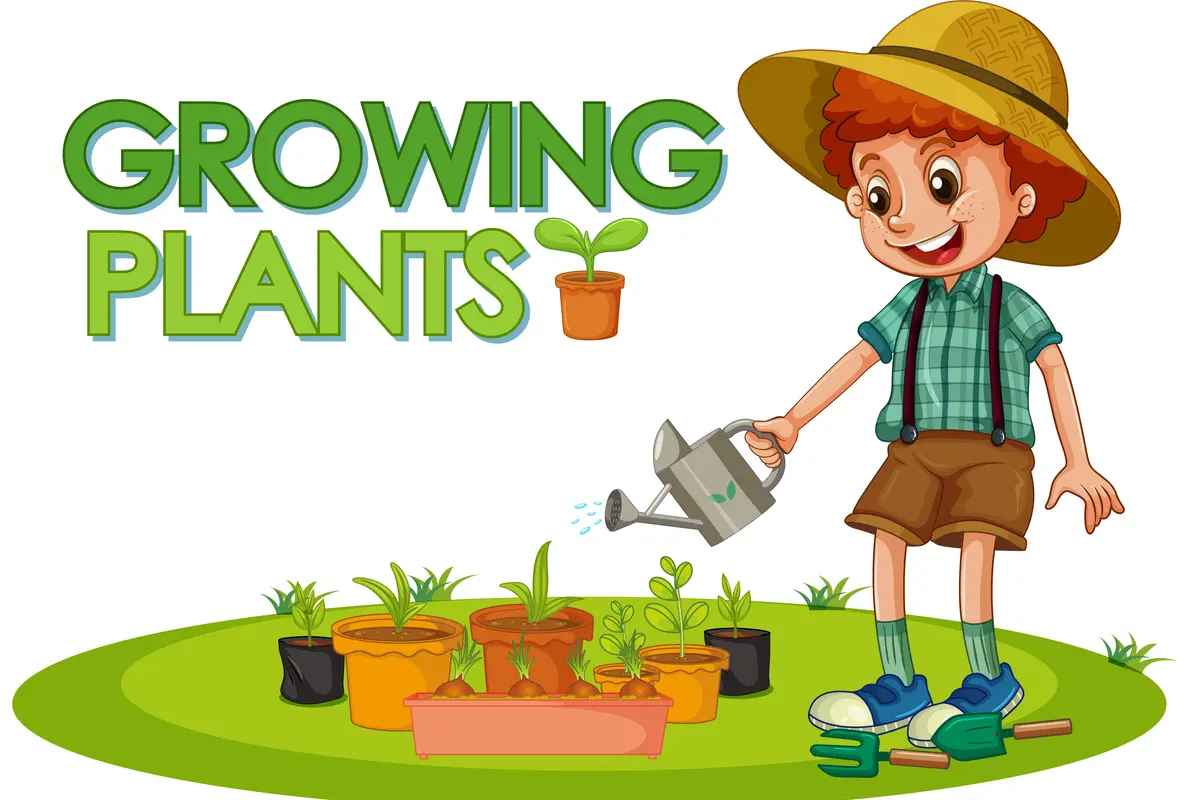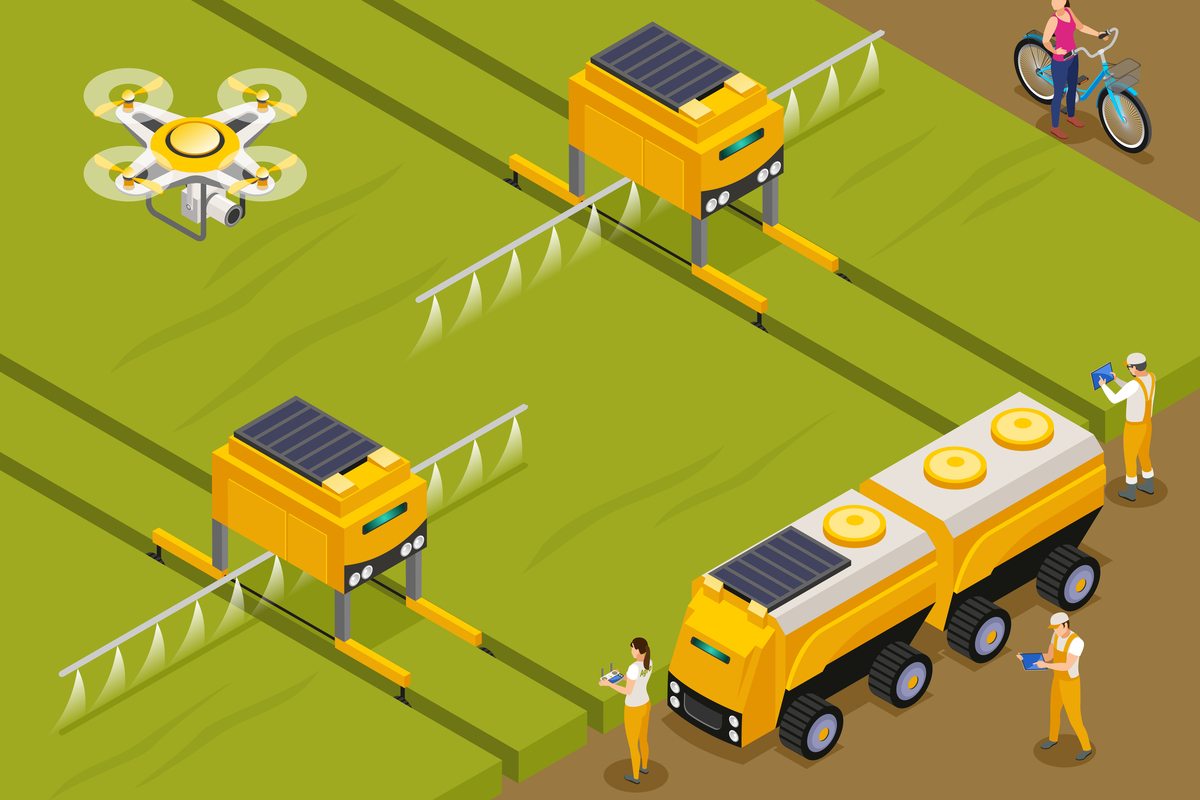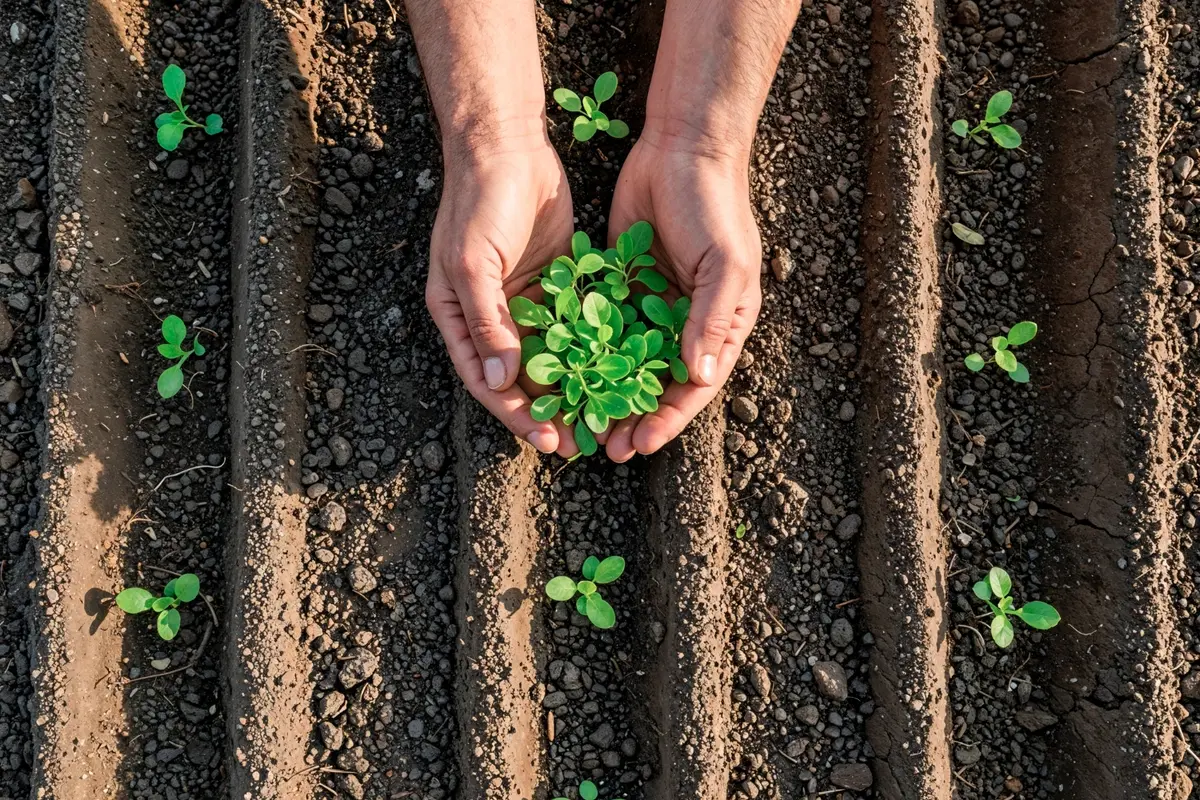Rooftop gardening is a creative and eco-friendly method for urban farming, converting empty rooftop areas into flourishing green spaces. This technique brings various advantages, like lowering urban heat levels, enhancing air quality, and supplying fresh, locally sourced fruits and vegetables. From basic container gardens to advanced setups with hydroponics or vertical gardening, rooftop gardens come in various forms. They boost urban wildlife, establish peaceful green havens, and help ensure food availability in crowded regions. Despite obstacles like structural support and water control, rooftop gardening is a feasible way to maximize urban areas and support eco-conscious practices.
Rooftop gardening offers many benefits, but it also comes with a range of disadvantages and challenges that need to be carefully considered. In this article, we will discuss in detail the advantages and disadvantages of rooftop gardening.
Table of Contents
Advantages of Rooftop Gardening

1. Utilization of Unused Space
Utilizing rooftop gardens helps make the most out of spaces that would otherwise go unused, increasing the overall functionality of buildings and promoting sustainable growth in urban areas.
2. Beautification of Urban Spaces
Rooftop gardens bring a touch of nature to the concrete jungle, making cities more vibrant and inviting. They provide beautiful oases for people to relax and appreciate their surroundings.
3. Reduction of Urban Heat Island Effect
Rooftop gardens help mitigate the urban heat island effect, where city areas are significantly warmer than their rural surroundings. Plants absorb sunlight for photosynthesis, which cools the air through transpiration, thereby reducing the overall temperature of the urban environment.
4. Improved Air Quality
Having plants in rooftop gardens can enhance air quality by taking in pollutants and particulates. Additionally, they generate oxygen and take in carbon dioxide, which helps decrease greenhouse gases and foster a more wholesome urban atmosphere.
5. Noise Reduction
Green roofs help to reduce noise pollution by acting as sound insulation, absorbing, deflecting, or refracting sound waves from urban activities and traffic. This makes living and working areas much quieter.
6. Carbon Sequestration
Rooftop gardens with plants help reduce the carbon footprint of cities by absorbing carbon dioxide through photosynthesis, which is a key greenhouse gas. This process plays a role in mitigating climate change.
7. Biodiversity Enhancement
These gardens provide habitats for various species of birds, insects, and other wildlife. Increasing urban biodiversity contributes to the stability and resilience of ecosystems, even in densely populated areas.
8. Urban Agriculture and Food Production
Cultivating vegetables, fruits, and herbs on rooftops is a great way to boost food availability, reduce grocery expenses, and enhance food security. Urban agriculture on rooftops can help alleviate some of the pressure on traditional agricultural systems.
9. Improved Mental and Physical Health
Gardening is known to lower stress levels, boost mood, and improve overall well-being. Rooftop gardens provide a green space for relaxation, recreation, and exercise, contributing positively to mental and physical health.
10. Educational Opportunities
Rooftop gardens offer a unique opportunity to educate city residents, particularly kids, on farming, eco-friendliness, and taking care of the environment. They allow for practical lessons on plant life, ecosystems, and healthy eating habits.
Disadvantages of Rooftop Gardening

1. Structural Concerns
Rooftop gardens can make buildings heavier. This means the soil, plants, water, and containers can be too heavy for the roof to handle if it isn’t built to support them. Older buildings might need to be checked and strengthened to handle the extra weight, which can be expensive.
2. Waterproofing and Drainage
It’s super important to make sure the roof is waterproofed properly to avoid any leaks that could mess up the building. If the waterproofing isn’t done right, it could end up causing a lot of water damage and expensive fixes. Gotta have good drainage systems set up to stop water from building up and causing problems like root rot in plants and putting extra strain on the roof.
3. Setup and Maintenance Cost
Setting up a rooftop garden can be expensive at first, with costs for structural assessments, waterproofing, soil, containers, irrigation systems, and plants. The maintenance costs can also add up, including water, fertilizers, pest control, and possibly professional gardening services.
4. Accessibility and Safety Concerns
Getting onto rooftops can be a challenge, especially in buildings that don’t have convenient roof access. It can be a real hassle to bring up materials and tools. Working up high comes with its own set of dangers, like the risk of falling. It’s crucial to have the right safety gear and precautions in place to avoid any accidents.
5. Extreme Environmental Exposure
Rooftops are exposed to extreme weather conditions, including intense sunlight, strong winds, and temperature fluctuations, which can stress plants and reduce their productivity.
6. Pest and Disease Management
Rooftop gardens may face a higher risk of pests and diseases because of their isolated setting and absence of natural predators. The confined area and lack of variety in rooftop gardens can make them more prone to pest attacks and disease outbreaks.
7. Soil and Nutrient Management
Maintaining soil quality in containers can be challenging, as soil can degrade and lose nutrients over time. Container gardens are prone to nutrient leaching, where water drains out essential nutrients, requiring more frequent fertilization.
8. Water Supply
Ensuring a consistent water supply to the rooftop can be challenging, particularly during dry periods and areas with limited water resources. Installing and maintaining an efficient irrigation system is crucial, but can be expensive.
9. Climate Constraints
In places where winters are harsh or summers are extremely hot, rooftop gardening might only be possible during specific times of the year, which can shorten the growing season and affect productivity. It can be tough to shield plants from extreme weather like frost or heavy rain, so extra structures like greenhouses or shade cloths may be necessary.
Conclusion
In conclusion, rooftop gardening offers a unique and innovative approach to urban agriculture, providing numerous advantages such as efficient use of unused spaces, enhanced urban biodiversity, improved air quality, and the creation of green recreational areas. It promotes environmental sustainability by reducing urban heat islands and contributing to local food production, which can improve food security and reduce the carbon footprint associated with food transport. However, these benefits are balanced by several disadvantages, including significant initial setup and maintenance costs, structural concerns, challenges in water management, accessibility issues, and susceptibility to environmental exposure. Additionally, rooftop gardens require careful attention to soil quality, pest control, and irrigation needs. Successfully harnessing the potential of rooftop gardening involves addressing these challenges through meticulous planning, investment in proper infrastructure, and sustained maintenance efforts. Ultimately, the advantages of rooftop gardening can be maximized and its disadvantages mitigated through thoughtful and informed implementation.










Techno rozen There is definately a lot to find out about this subject. I like all the points you made